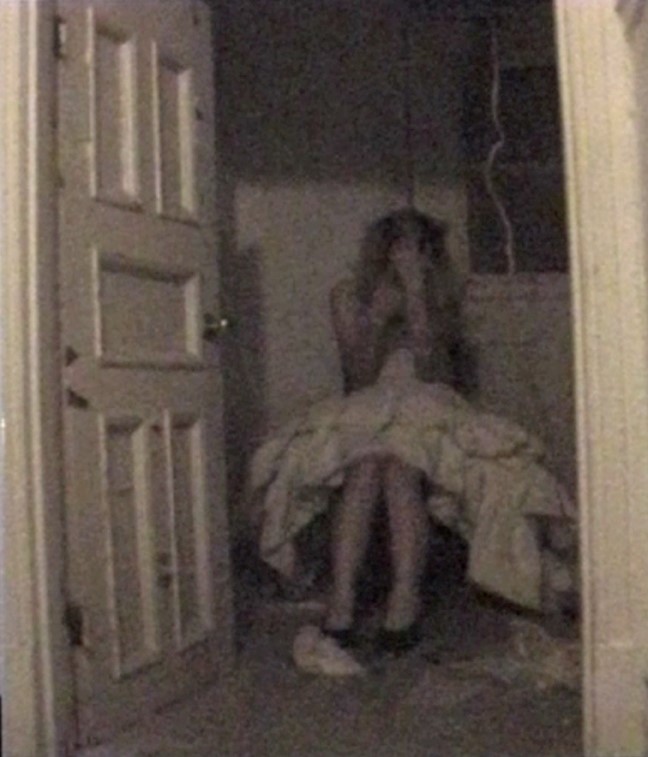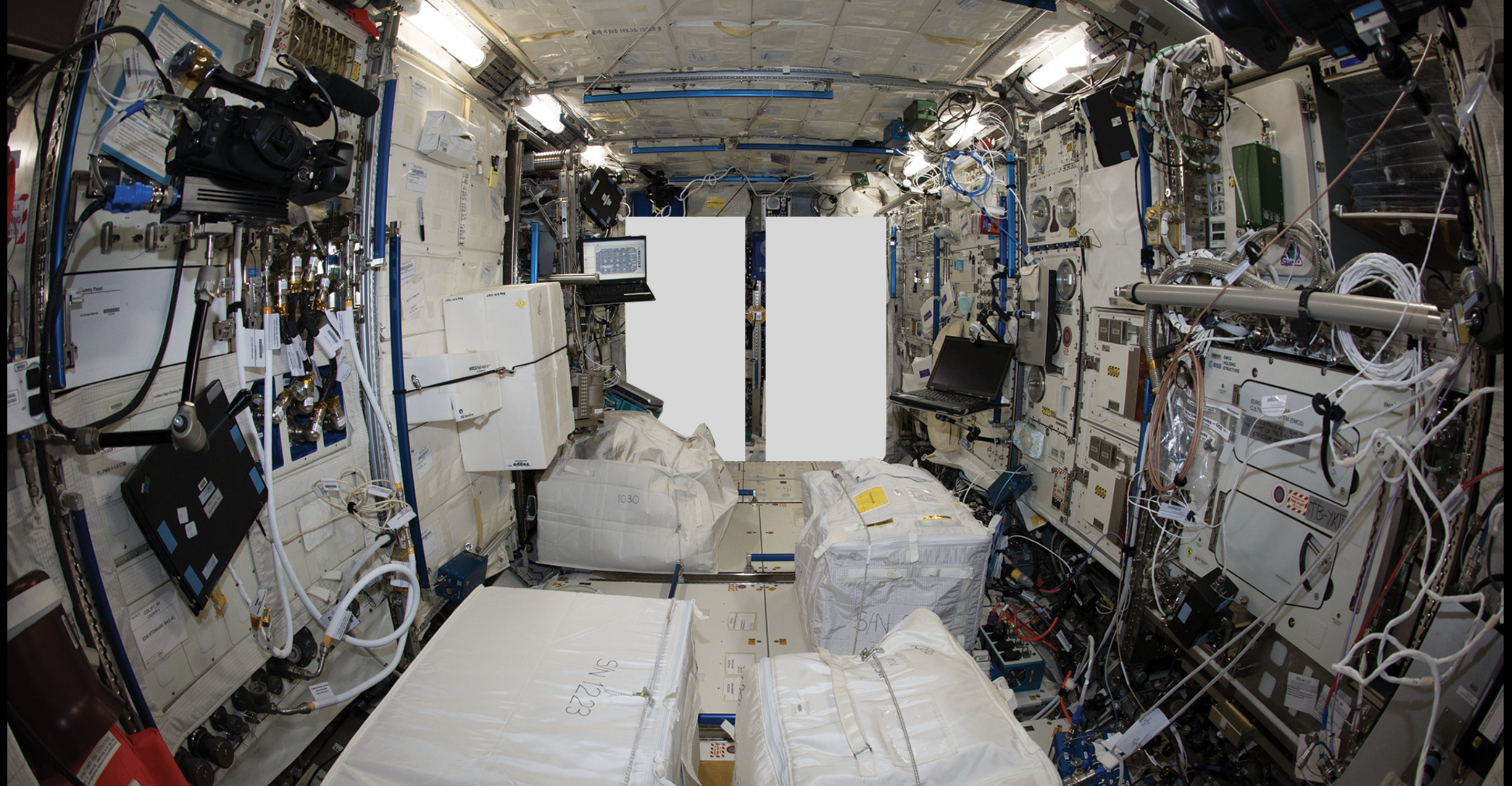Losing Time
Isolation
Futile Pursuit, Part 1
Futile Pursuit, Part 2
Artist’s Statement
For a video artist, my process of allowing form to follow function seems odd and slightly counter productive. I usually figure out what my art means while creating it rather than setting out with a particular purpose. I never title my videos until I began editing and find what they are trying to say. Editing is an amazing process of finding what pieces of video are strong enough to connect with and which pieces need to be eliminated. The ability to edit the work almost infinitely allowing you to change your mind at any point as well as the ability to reuse footage for other pieces and to expand upon previous works are characteristics I only find in video art. It is what draws me to the particular medium. Rather than starting out with a concrete idea, editing allows you cut away until a message is clear like a sculptor finding a piece within a block of marble. Manipulating video then allows you to emphasize this meaning. The problem with approaching my work this way is that I struggle to make my voice come through.
The intense and dark themes that began to emerge from this body of work pointed in an obvious direction. With overbearing sound, altered imagery, and titles such as “Losing Time” and “Isolation,” I realized the oppressive quality that my videos were assuming connected directly with the pressure and anxiety I was feeling at the time. It became an outlet for what I had been feeling as I tried to decide the direction my life should take. The work was very personal and reflected my internal state. Finding a conclusion to this description became the natural progression of my work.
I began to heavily research the topic of anxiety and learned that it as an extremely prevalent problem especially in the United States. Although anxiety has an abundance of causes, it seems to mainly stem from social disconnectedness, information overload, and intolerance of negative feelings. My work evolved in a direction that would be more universal. I wanted my work to be accessible to many people no matter how they deal with their personal anxiety. I also wanted to find some resolution if there was any to find. In much of my research anxiety was sometimes described as the absences of happiness and also vice versa, so I decided this was the next step in my work.
Happiness research led me to understand that I was searching for the wrong thing- there is no one solution that has the universal ability to make people happy. Acquiring happiness is more of a process of continuous development rather than definitively grabbing ahold of something. There are many things people can do to help along the process, but this idea of “finding” happiness as if it were a set of keys lost at the bottom of an oversized purse is even more ridiculous than this metaphor.
What I learned, and what I really would like my viewers to get from my pieces is that one does not simply find happiness. As Henry Thoreau stated, “Happiness is like a butterfly; the more you chase it, the more it will elude you, but if you turn your attention to other things, it will come and sit softly on your shoulder.” The main sources of the process of human happiness come from self-fulfillment, connections with others, and helping the broader community.
My artwork is aimed at addressing the issue of anxiety and attempts at attaining happiness. The digitization of our society had not only a major part in inspiring this idea, but also gave me a substantial way to respond to it. It makes my work more accessible to a broader audience while also giving me the chance to share it with many more viewers because most of society has the tools to see my work instantly with the help of websites such as YouTube. Video as an art form changes the relationship between the artist and the viewer in a way that allows the artist to communicate a message directly to each individual in a more down-to-earth manner. It changes the setting in which the art is viewed into a more comfortable and effective space. Digitization and the evolution of video art have allowed me to work through issues of anxiety and happiness while hopefully connecting and relating to the individual on the other side of the screen.
*You can find more of Julia’s work at www.juliaeldred.com.
:::
 Julia Eldred was born in Kenosha, Wisconsin, and moved to the Richmond area when she was around ten years old. Interested in pursuing a liberal arts education, Julia attended the University of Richmond and received a Bachelor of Arts in Studio Art as well as a Bachelor of Science in Business Administration (concentration in marketing) in May of 2013. Professionally, she specialize in graphic design, yet her passion in the arts has always been with video. Since being introduced to the medium as a first year at the University of Richmond, Julia’s interest and skills have only grown. In 2013, she took part in two gallery shows- the first was a show called Liminal Variance, a collaborative project focusing on creating an experiential gallery space, and the second was her senior thesis show, Boondoggle Scandal, featuring several of her video pieces. My thesis work addresses the issue of anxiety and the attempts Americans make at attaining happiness. Julia currently live in Richmond and works in marketing while continually expanding her personal body of work in video art, photography, and graphic design.
Julia Eldred was born in Kenosha, Wisconsin, and moved to the Richmond area when she was around ten years old. Interested in pursuing a liberal arts education, Julia attended the University of Richmond and received a Bachelor of Arts in Studio Art as well as a Bachelor of Science in Business Administration (concentration in marketing) in May of 2013. Professionally, she specialize in graphic design, yet her passion in the arts has always been with video. Since being introduced to the medium as a first year at the University of Richmond, Julia’s interest and skills have only grown. In 2013, she took part in two gallery shows- the first was a show called Liminal Variance, a collaborative project focusing on creating an experiential gallery space, and the second was her senior thesis show, Boondoggle Scandal, featuring several of her video pieces. My thesis work addresses the issue of anxiety and the attempts Americans make at attaining happiness. Julia currently live in Richmond and works in marketing while continually expanding her personal body of work in video art, photography, and graphic design.



